Uke
- Block (Uke means "receive" in Japanese.
You deflect incoming strikes. Do
not suffer the hard impact.
Mawashi
uke. Roundhouse block
Morote
uke. Two hand block
Morote
naka uke. Two hand inside block
Juji
uke. X block ("Ju" is number ten. Written as X)
Gedan
tegatana juji uke. Lower body hand-sword X block
Hiza
naka uke. Knee inside-to-outside block
Hiza
soto uke. Knee outside-to-inside blockUchi - Strike
Age
uchi. Rising strike
Mawashi
uchi. Roundhouse strike
Tsuki
- Lunge Punch
Katana
- Sword (pronounced with "k" when the
word comes first or stands alone: Katana)
Te
gatana. Hand sword, also called shuto. (the "k"
sound changes to "g" when the word follows another:
te gatana)
Se
gatana. Reverse hand sword
Ashi
gatana. Foot sword
Gedan
tegatana. Lower body hand-sword
Gedan
tegatana juji uke. Lower body hand-sword X block
Body
- Kalada
Te.
Hand
Ashi.
Foot
Hiza.
Knee
Hiji.
Elbow
Kokan.
Groin
Soto.
Arch of the foot
Koteh.
Forearm
Ago.
Jaw
Kakato.
Heel
Kombushi.
Fist, when used alone. (Changes to "ken" when
the word follows another: Uraken -Back fist. However, "ken"
alone is sword.)
Te
- Hand
Te
gatana. Hand sword (shuto)
Nukite.
Piercing hand
Ippon
nukite. One finger piercing hand
Nihon
nukite. Two finger piercing hand
-ken
- Fist
Uraken.
Back fist
Koken.
Arc fist (bent wrist strike with back of wrist)
Heyken.
Flat fist (leopard hand)
Mawashi
- Roundhouse, go around, using circular or turning movement
Mawashi
geri. Roundhouse kick
Mawashi
seashi geri. Roundhouse instep of foot kick
Mawashi
kake. Roundhouse hook
Mawashi
uke. Roundhouse block
Mawashi
uchi. Roundhouse strike
Moro
- Moves Using Two
Morote.
Two handed
Morote
naka uke. Two hand inside block
Moro
ashi. Two foot
Moro
ashi dachi. Two foot stance
Naka
- From Inside to Outside
Naka
uke. Inside to outside block
Naka
hachiji dachi. Inside figure 8 stance
Naka
ashi. Ball of the foot
Soto
- Inside-to-Outside
Soto
uke. Knee outside-to-inside block
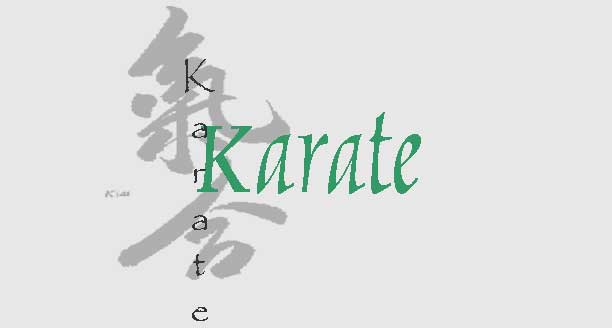
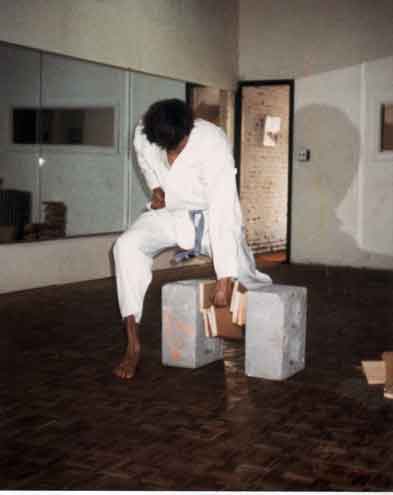
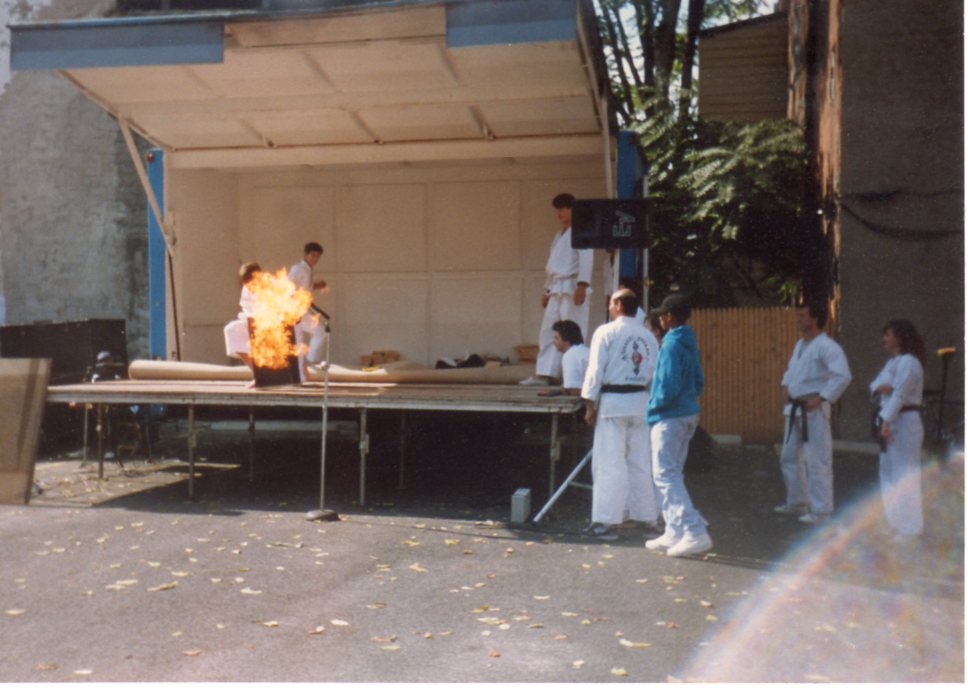
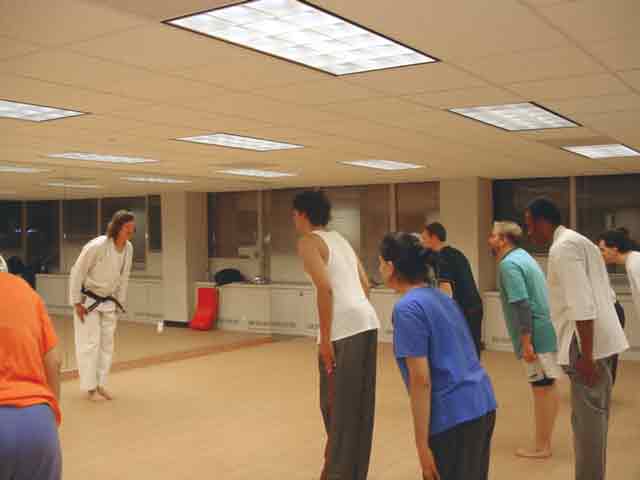
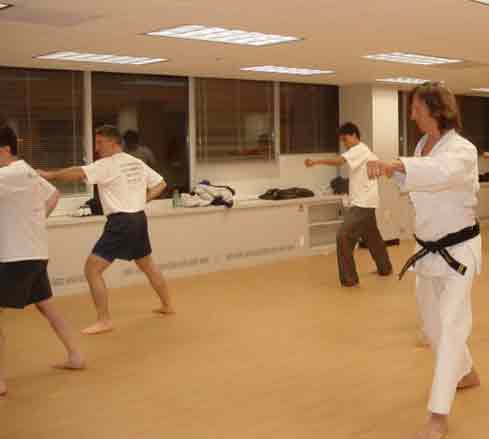
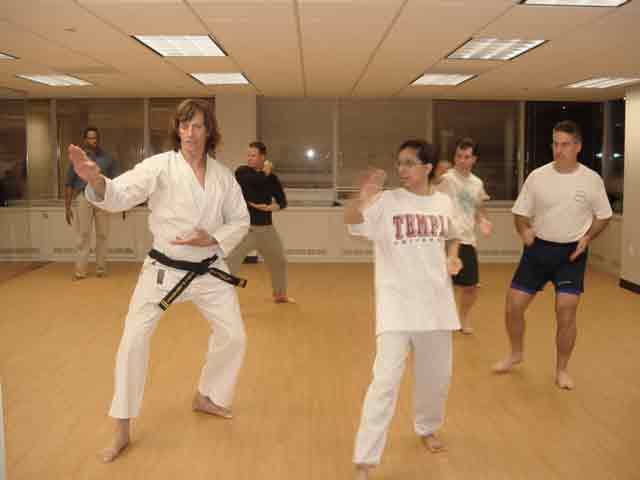
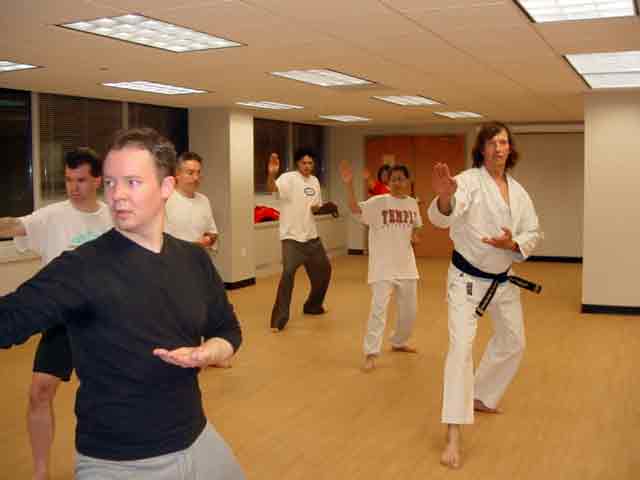
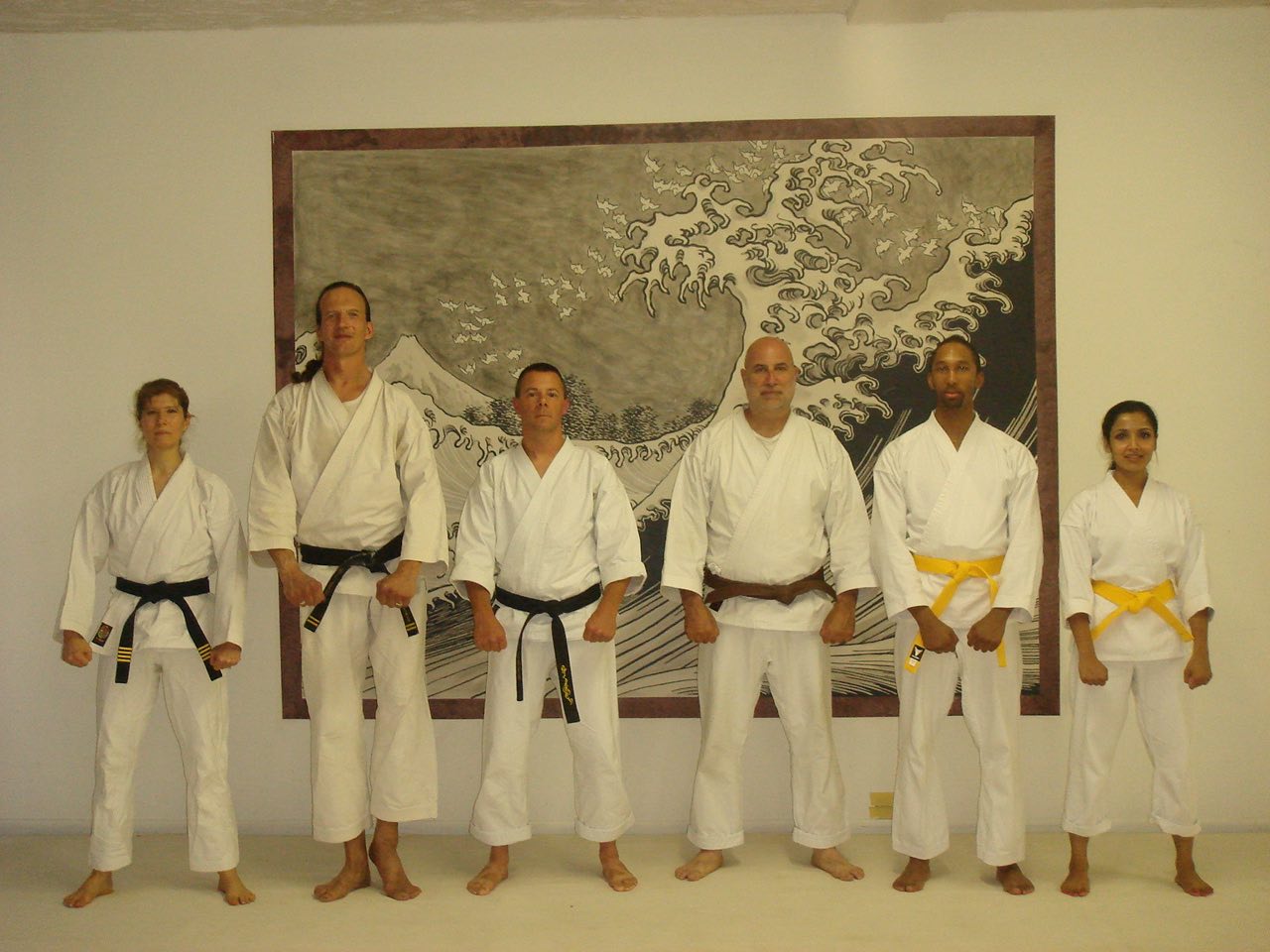
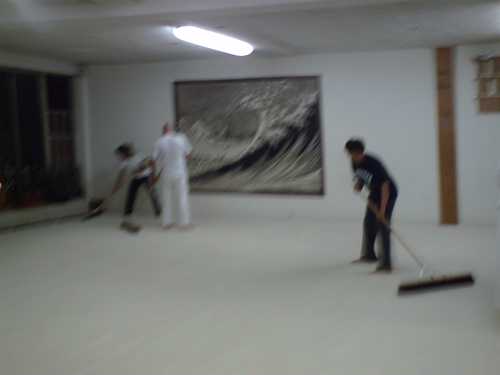
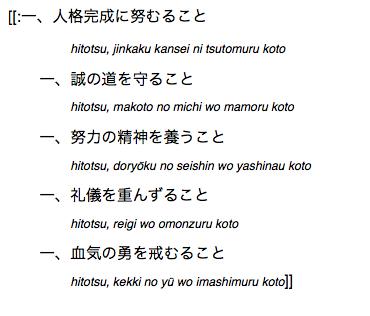
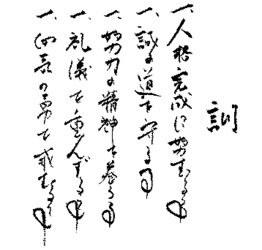
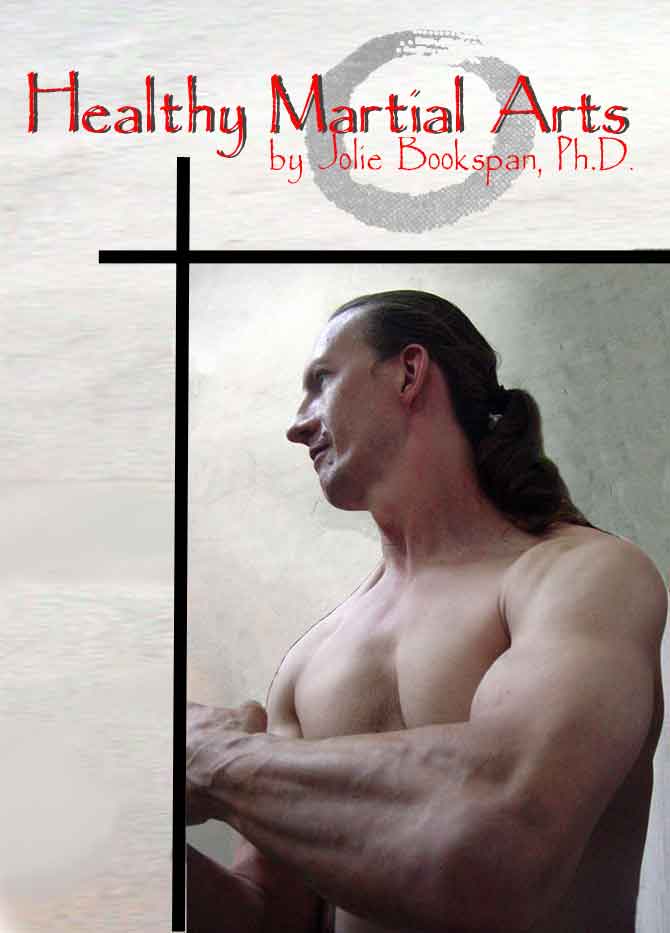
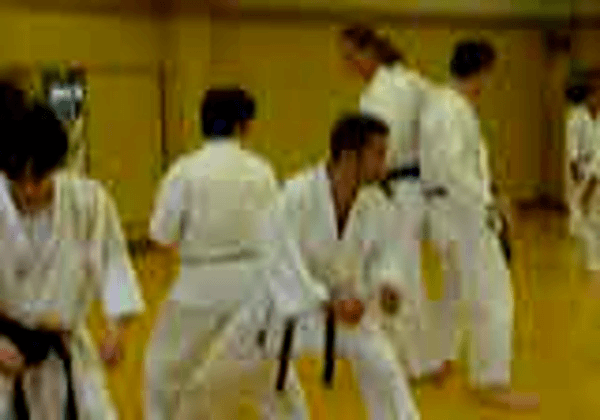
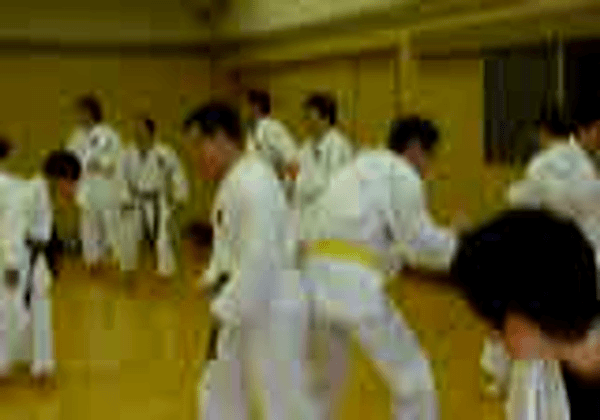
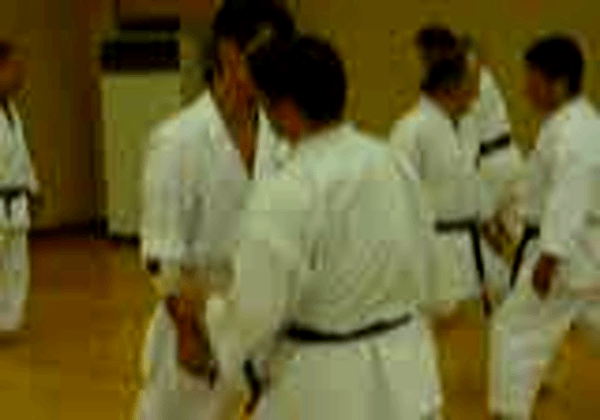
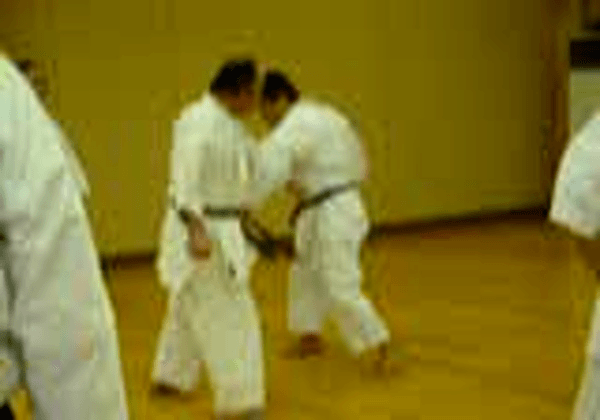
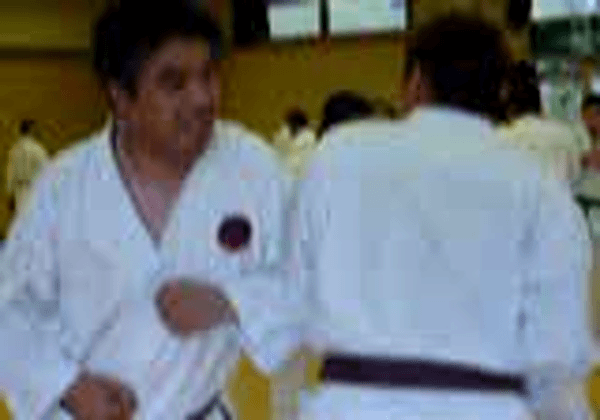
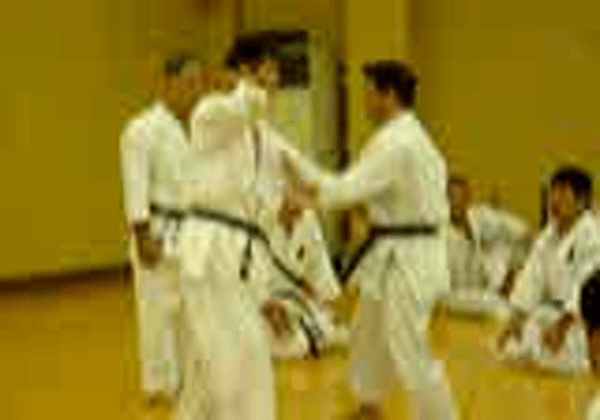
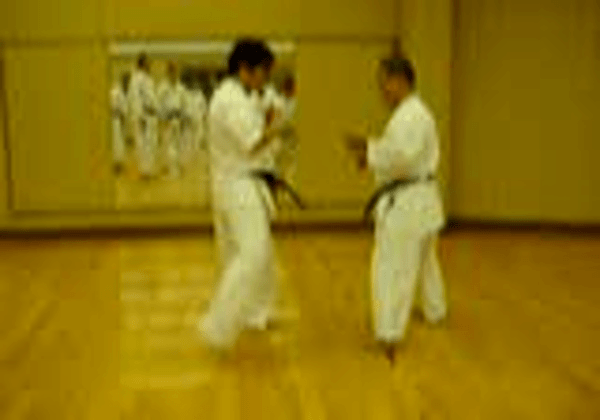
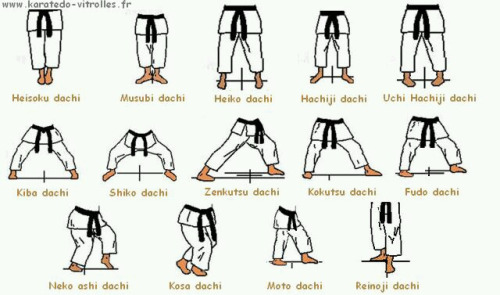
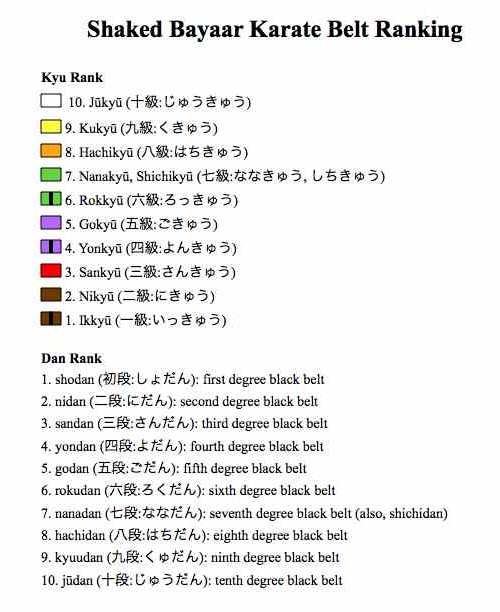
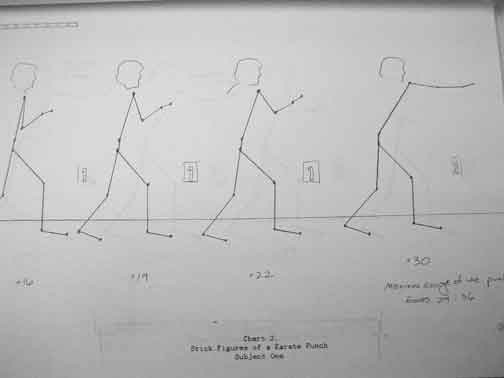
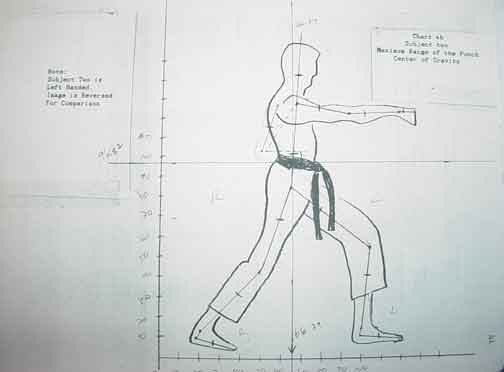
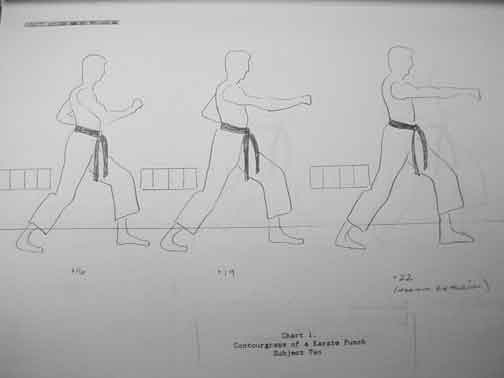
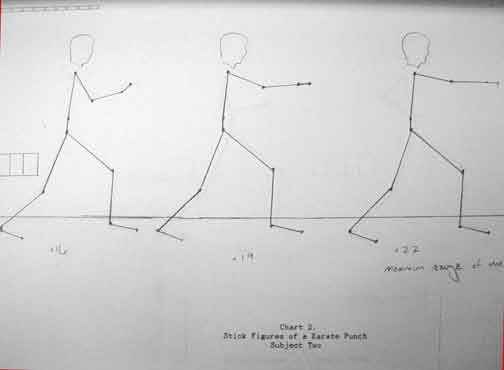
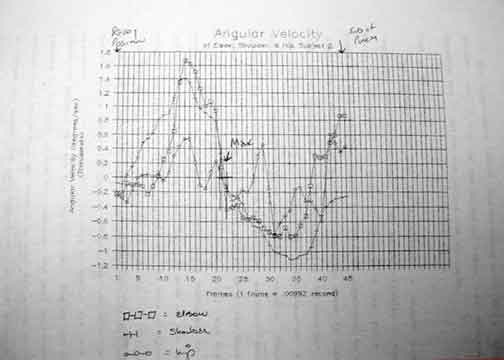
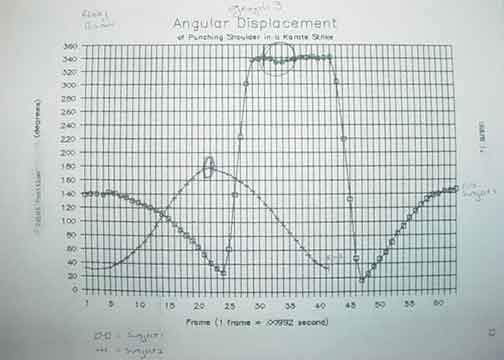
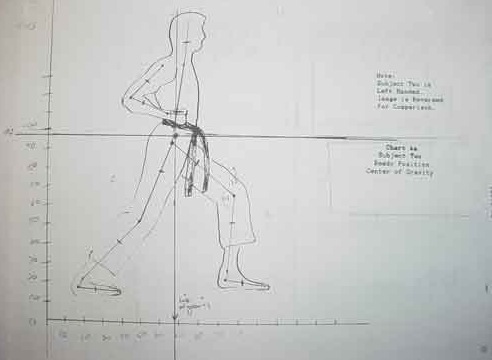
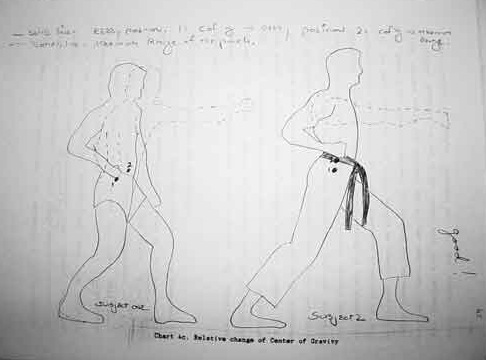
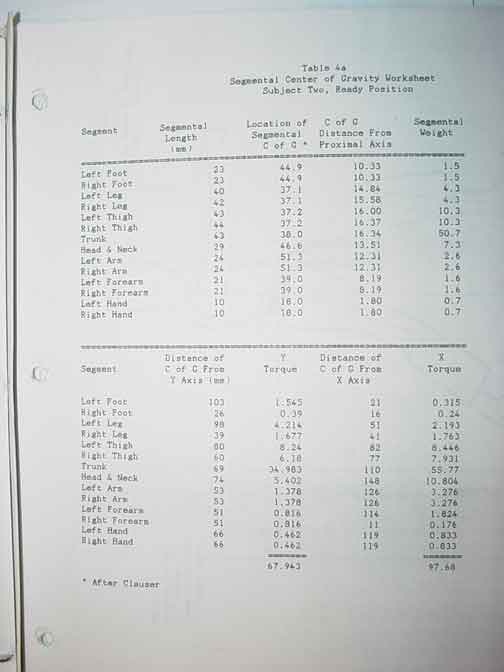
![ALT =[“Fix Your Own Pain Without Drugs or Surgery by Dr. Jolie Bookspan. Fix causes using scientific methods you can do yourself. Available from author web site http://drbookspan.com/books”]](images/FixPainFrontCover.jpg)
![ALT =[“Stretching Smarter Stretching Healthier by Dr. Jolie Bookspan. Effective quick methods for healthier range of motion during daily life, sports, exercise, and at home. Available from author web site http://drbookspan.com/books”]](images/StretchBookCoverWEB.jpg)
![ALT =[“The Ab Revolution 4th Edition by Dr. Jolie Bookspan. Replaces all eariler editions. Available from author web site http://drbookspan.com/books”]](images/CoverAbRev4.jpg)
![ALT =[“Health and Fitness in Plain English - How To Be Healthy Happy and Fit For The Rest Of Your Life by Dr. Jolie Bookspan THIRD edition. Available from author web site http://drbookspan.com/books”]](images/CoverH&FLowRes.jpg)
![ALT =[Diving Physiology in Plain English - new eighth edition 2021 with Blue Cover and white text: by Dr. Jolie Bookspan]](images/CoverDivingPhys%20eBookLR.jpg)
![ALT =[“Diving and Hyperbaric Medicine Review For Physicians Board Exam Guide by Dr. Jolie Bookspan. Available from author web site http://drbookspan.com/books”]](images/coverdocbook.jpg)